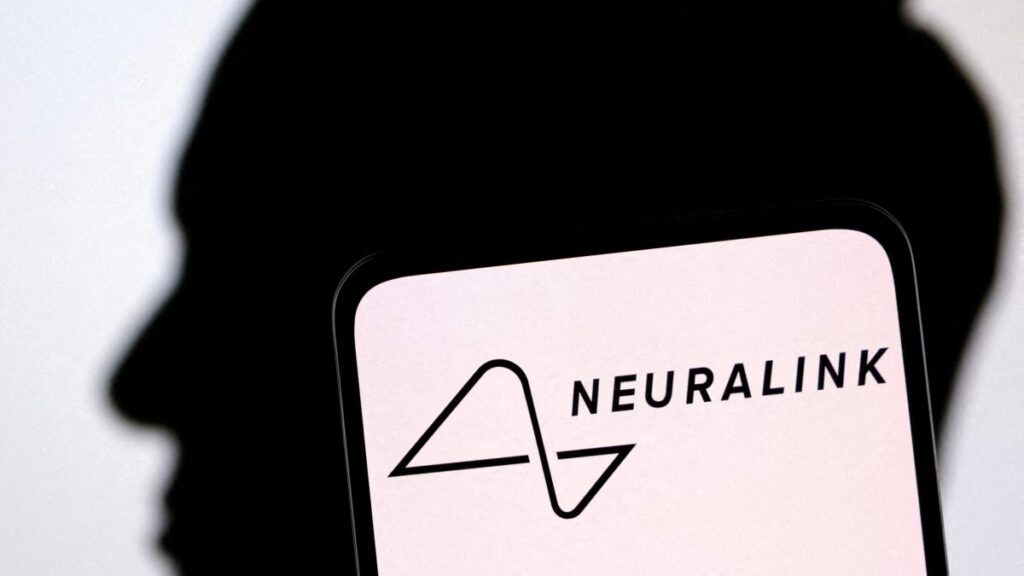The US Food and Drug Administration has allowed billionaire Elon Musk’s Neuralink to implant its brain chip in another person after the company offered solutions to a problem that arose in the first patient, the Wall Street Journal reported Monday.
Reuters reported last week, citing people familiar with the matter, that the problem Neuralink discovered, where tiny wires in its first patient’s brain were pulled out of position, is a problem Elon Musk’s company has known about for years.
The company intends to solve the problem by implanting some of the device’s wires deeper into the brain, the WSJ report said, citing a person familiar with the company and the document it viewed.
Neuralink and the FDA did not immediately respond to a Reuters request for comment.
At the beginning of this year, Neuralink implanted a wireless brain chip in a human for the first time. The big development was revealed by Musk on January 29 through a series of posts on X (formerly known as Twitter).
Neuralink has been working on creating implantable brain-computer interfaces (BCIs). In May last year, the company received approval from the US Food and Drug Administration (FDA) to conduct human trials. In September 2023, the neurotechnology company began recruiting people for the trial.
In February, Musk revealed that the first human patient implanted with a brain chip from Neuralink had fully recovered and was able to control a computer mouse using his thoughts.
In March, Neuralink live-streamed its first chip-implanted patient using their mind to play chess online on Wednesday. Noland Arbaugh, a 29-year-old patient who was paralyzed below the shoulders after a diving accident, played chess on his laptop and moved the cursor using a Neuralink device. The implant seeks to allow people to control a computer cursor or keyboard using only their thoughts.
In the past, the company has conducted extensive animal testing and claimed success. While performing a successful brain chip implantation is a major milestone, the product’s success will be determined by its long-term performance and lack of side effects.
© Thomson Reuters 2024


